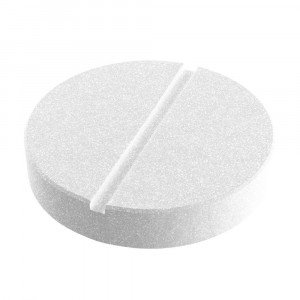 Welcome
Welcome
“May all be happy, may all be healed, may all be at peace and may no one ever suffer."
- A
- B
- C
- D
- E
- F
- G
- H
- I
- J
- K
- L
- M
- N
- O
- P
- Q
- R
- S
- T
- U
- V
- W
- X
- Y
- Z
Diasulin 30% + 70% in 40...
Parinox 2000Anti-Xa IU...
Gensulin R 100IU / ml
Maxsulin R 40IU / ml
Actrapid FlexPen 100IU / ml
Insuman Comb 25% + 75% in 10...
Pegferon 180mcg / 0.5ml
Mypart 100IU / ml
Glyset R 100IU / ml
Ingovax ACWY 50mcg / 0.5ml
Vibrenta 100IU / ml
Noxarin 8000Anti-Xa IU...
Larsulin 100IU / ml
Humulin R 100IU / ml
Maxsulin R 100IU / ml
Subcutaneous Injection - Brands
A subcutaneous injection is a type of injection that delivers medication into the subcutaneous layer of tissue between the skin and the muscle. This method of administration is commonly used to deliver small amounts of medication, such as insulin or some vaccines, and is generally less invasive than other methods of injection.
To administer a subcutaneous injection, a healthcare provider typically selects a site on the abdomen, thigh, or upper arm, and cleans the area with an antiseptic solution. A small needle is then inserted into the subcutaneous tissue at a 45-degree angle or 90-degree angle, depending on the needle length and the patient's body size, and the medication is slowly injected.
The subcutaneous layer of tissue has a rich blood supply, which helps to facilitate the absorption of the medication into the bloodstream. The medication is typically absorbed more slowly and steadily than with other methods of injection, which can help to maintain a consistent level of medication in the body over time.
Subcutaneous injections may cause some discomfort, redness, or swelling at the injection site, but these side effects are usually mild and temporary. It is important to follow the instructions provided by the healthcare provider and to dispose of the needle and syringe in a safe and appropriate manner after use.
How to use Subcutaneous Injection?
Subcutaneous injections are given into the fatty tissue just below the skin. Here are some general guidelines on how to give a subcutaneous injection:
- Wash your hands: Before giving a subcutaneous injection, wash your hands thoroughly with soap and warm water.
- Choose an injection site: Choose a site for the injection. Common injection sites for subcutaneous injections include the abdomen, upper arms, thighs, and buttocks. Your healthcare provider or pharmacist can help you choose the best site for your medication.
- Clean the injection site: Clean the injection site with an alcohol swab and let it dry.
- Prepare the medication: If necessary, prepare the medication according to the instructions provided by your healthcare provider or the medication guide.
- Pinch the skin: Pinch the skin at the injection site to create a small area of fatty tissue.
- Insert the needle: Hold the syringe like a pencil and insert the needle at a 90-degree angle into the fatty tissue. You may feel a slight pinch or sting.
- Inject the medication: Slowly inject the medication into the fatty tissue. Hold the syringe steady with one hand and use the other hand to push the plunger down slowly.
- Remove the needle: Once the medication has been injected, withdraw the needle slowly and at the same angle that it was inserted. Apply pressure to the injection site with a clean cotton ball or gauze pad.
- Dispose of the needle and syringe: Dispose of the needle and syringe in a sharps container or as directed by your healthcare provider.
It's important to follow the instructions provided by your healthcare provider or pharmacist when giving a subcutaneous injection. If you have any questions or concerns about how to give a subcutaneous injection, speak with your healthcare provider or pharmacist.

Drops

Capsule (BP)

Capsule

Mouthwash

Tablet (CR)

MUPS Tablet

Tablet (EC)

Tablet (MR)
Subcutaneous Injection, How to use Subcutaneous Injection, SC Injection, সাবকুটেনিয়াস ইনজেকশন, এসসি ইনজেকশন
To be happy, beautiful, healthy, wealthy, hale and long-lived stay with DM3S.